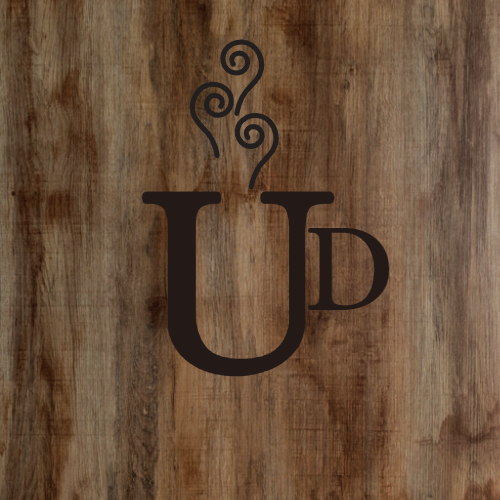I don’t know if you’ve noticed, but this blog has been quiet for months. The good news is, I’ve been working hard. And I have something to show for it. I have proofs for the new editions of the first four books of the Dronefall Series. It’s been a long haul, but I’ve gone through… Continue reading I Guess I’m Not a Hero
Tag: creativity
Escape Writer’s Block with The Burnout Journal
A few summers ago, I got the idea for a prompt journal. It was around that time I realized my biggest adversary in my creative life wasn’t rejection, impostor syndrome, or people being rude on the internet. What gets me down the most is burnout. Writer’s block, art block, whatever you want to call it.… Continue reading Escape Writer’s Block with The Burnout Journal
How I Reset My Goals for Fall
Here it comes, the unchallenged Best Season ™ in all it’s glory. If you know anything about me at all, you know I’m a fall person. My novel The Boy Who Called the Foxes is a whole testament to that fact. I love the cool clear air, the wind, the long nights, the changing leaves,… Continue reading How I Reset My Goals for Fall
How to Recharge Your Creativity with Hobbies
You know what’s wrong with a lot of people anymore? They don’t have real hobbies. Too many people when I ask them what they do in their spare time say things like “Netflix,” “YouTube,” “Shop online,” “Listen to music.” Not that any of that’s bad. Those are nice things to do for entertainment and relaxation… Continue reading How to Recharge Your Creativity with Hobbies
How to Find Your Brand as an Artist
Sometimes I’ll admit I don’t know what I am. Sometimes I don’t feel like a whole person—just a creative void that somehow manages to produce art. But nothing can truly come from nothing. The art we create comes from who we are. In less words, you need to find your artist brand. Art is very… Continue reading How to Find Your Brand as an Artist
7 Ways to Fall Back in Love with Your WIP
Sometimes the spark dies. You take a long break. You put your book on the backburner for some reason. Then you have to figure out how to start writing again. Maybe you’re coming out of burnout or have simply been too busy with other things to write your current book. Whatever the reason, when you… Continue reading 7 Ways to Fall Back in Love with Your WIP
Why It’s So Hard to Find Your Mission as a Christian Creative
“Gospel-focused,” “Faith-centered,” “Based on sound doctrine.” That’s what some people are looking for in Christian media. Others are just looking for “clean,” “family-friendly,” or “positive” content. There’s a lot out there advising Christian creatives on what they should and shouldn’t create. A lot of people out there think they know what the mission of the… Continue reading Why It’s So Hard to Find Your Mission as a Christian Creative
